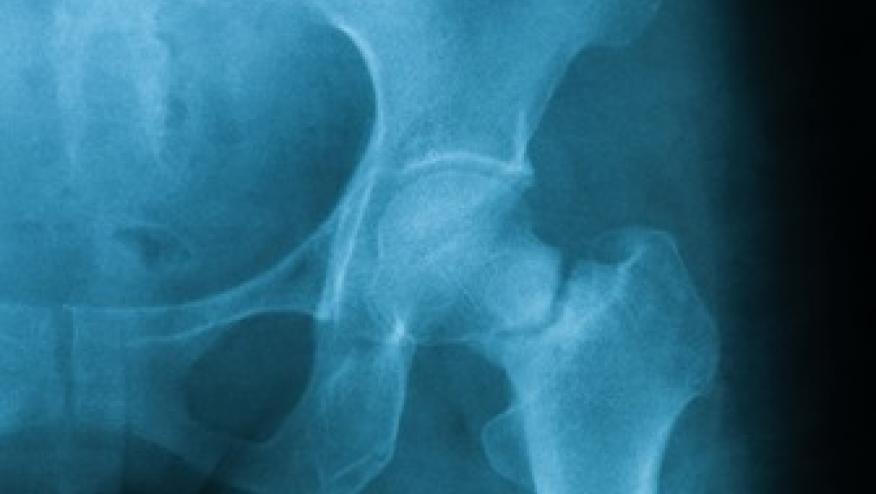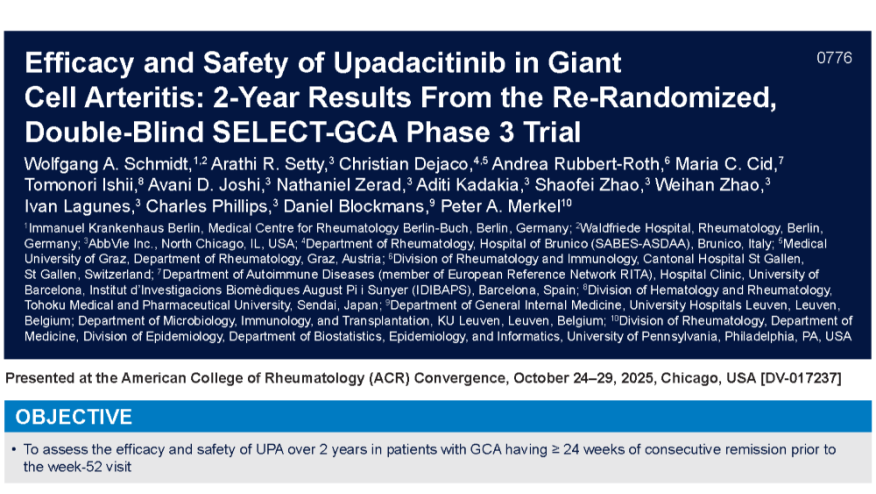Fracture Risk with Osteoporosis Drug Holidays Save

While bisphosphonate drug holidays are recommended, there are few comparative studies. Annals of Internal Medicine describes a propensity matched comparison study of risedronate and alendronate, showing that, compared to alendronate, risedronate drug holidays were associated with a small increase in risk for hip fractures.
Osteoporosis drug holiday may be appropriate in some patients after 3 to 5 years of bisphosphonate therapy. Would drug differences lead to different outcomes? For instance, risedronate has a shorter half-life than alendronate; would its residual fracture protection be shorter?
Cohorts were drawn from Ontario residents, over age 65 years, on long-term (≥3 years) risedronate or alendronate therapy. Risedronate therapy.patients were matched 1:1 on propensity score to those also on long-term alendronate therapy and a drug holiday. The primary outcome was hip fracture within 3 years after a 120-day ascertainment period.
From a total of 25 077 propensity score–matched pairs (mean age, 81 years; 81% women), there were more hip fractures among risedronate than alendronate drug holidays (12.4 and 10.6 events, respectively, per 1000 patient-years; HR, 1.18 [95% CI, 1.04 to 1.34]; 915 total hip fractures).
The association was attenuated with shorter drug holidays (1 year: HR, 1.03 [CI, 0.85 to 1.24]; 2 years: HR, 1.14 [CI, 0.96 to 1.32]).
There were fewer drug holiday fractures in those on long-term alendronate, compared with risedronate therapy.











If you are a health practitioner, you may Login/Register to comment.
Due to the nature of these comment forums, only health practitioners are allowed to comment at this time.